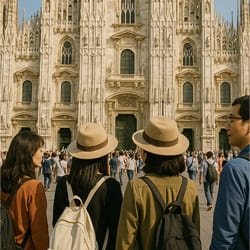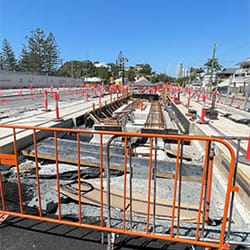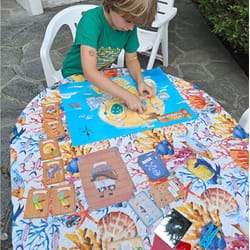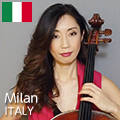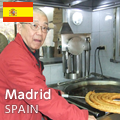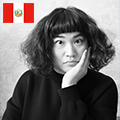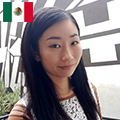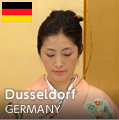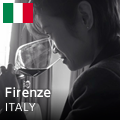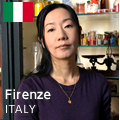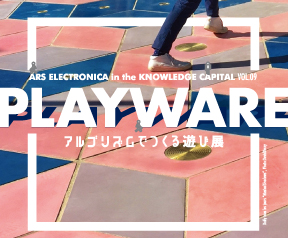For instance, we're not always good at deciphering the messages and symbols architects leave behind in their buildings. With a little curiosity and a bit of research, I've managed to uncover at least one of the secrets hidden among the Genoa’s Port newest buildings. Passing by Via della Mercanzia in Genoa you can see a distinctive building by famous architect Renzo Piano, overlooking Piazzale Mandraccio (as per image below).

Renzo Piano’s building
To my eye, those four green panels on the façade have always seemed an unusual choice, until I understood their meaning. They are indeed a tribute to Genoese tradition and the world of the historic center.
It's well known that light is rare in Genoa's narrow alleyways, especially on the first floors of buildings, but the Genoese's survival instinct is stronger than anything and so, in order to overcome such difficulty, they created an ingenious invention that is unique to this city: the mampae.
This Genoese term derives from the Spanish mampara (folding screen), which in turn likely derives from the Latin manu parare (to protect oneself with the hand), but there is no Italian word that can accurately translate its meaning.
The mampae have exactly the same shape as Renzo Piano's panels, but they were once constructed with two simple elements: a wooden frame and a white sheet, which captured and reflected the light filtering between the buildings. Later, they evolved into sheet metal panels, which functioned like mirrors and better illuminated the rooms.
In short, Renzo Piano's homage is not only to tradition but to the Genoese spirit. Moral of the story: often what seems meaningless hides a profound meaning that, once discovered, can help us appreciate what we previously ignored.
In the city, only a few examples of old mampae can still be found and if you take a stroll through the historic center you can find them.

Traditional mampae
Another recent finding for me was to discover a typical dish which I had never heard of.
This dish was apparently used to tempt enemies and it is not offered in restaurants so it must be prepared at home by following a family recipe or so.
Tomaxelle, a typical Ligurian recipe, are veal rolls stuffed with a variety of ingredients. History tells us that in 1800, when Genoa was besieged by the Austrians, the population decided to tempt their enemies by offering them tasty rolls and therefore this extraordinary dish was created.
Tomaxelle were originally prepared with minced boiled meat, leftover roast, chard, eggs, and grated cheese, using a mixture of all these ingredients to stuff the veal slices. The original version did not include tomatoes, which only arrived in Italy at the end of the 16th century, and also lacked mushrooms, a more recent addition that makes these rolls even more flavorful.
How to prepare tomaxelle
Cook 200 grams of lean veal in boiling water then mince the meat, adding some breadcrumbs soaked in broth, a handful of pine nuts and 50 grams of dried mushrooms soaked in water, drained, and chopped. Mix everything together then add two eggs, abundant grated cheese, parsley, marjoram, nutmeg and cloves to taste, stirring well until smooth. Fill thinly sliced veal slices, roll them up, and secure them by using a toothpick. Cover the tomaxelle in flour, then brown them in butter and add in some white wine while cooking them in a pan. Cook for about fifteen minutes in the tomato sauce you add to the pan. Simmer the meat by thinning the sauce with vegetable broth you can add as you go and season the rolls with salt and pepper.

Tomaxelle, meat rolls











